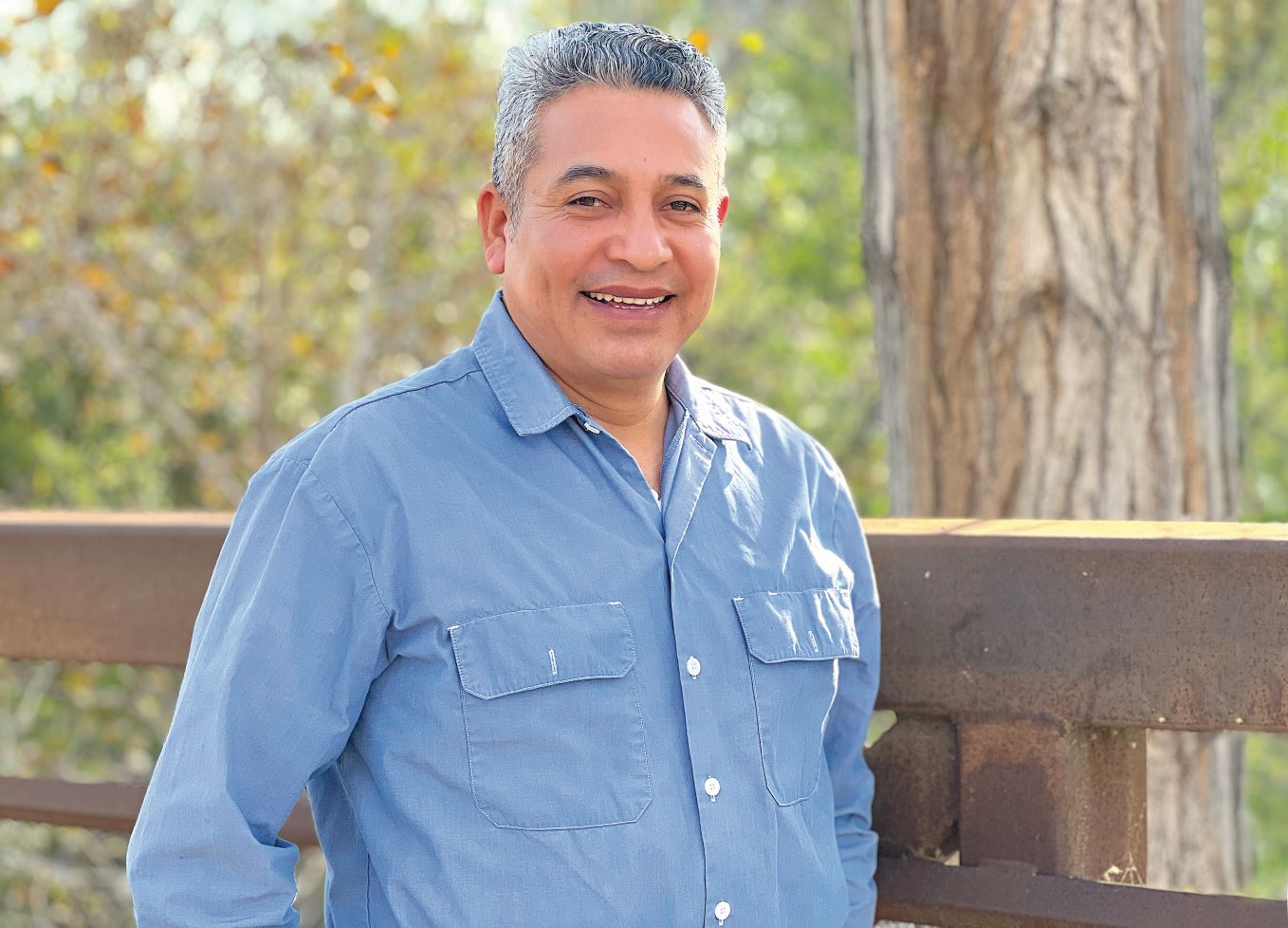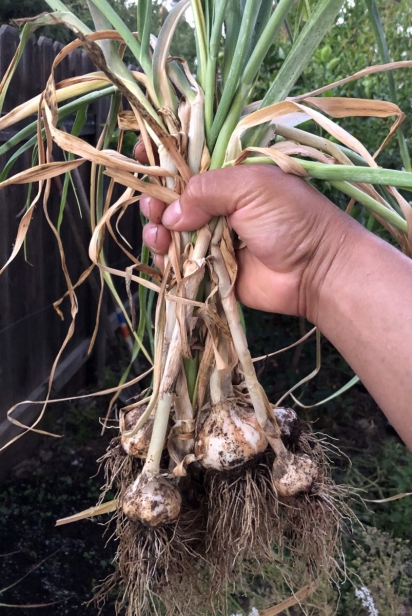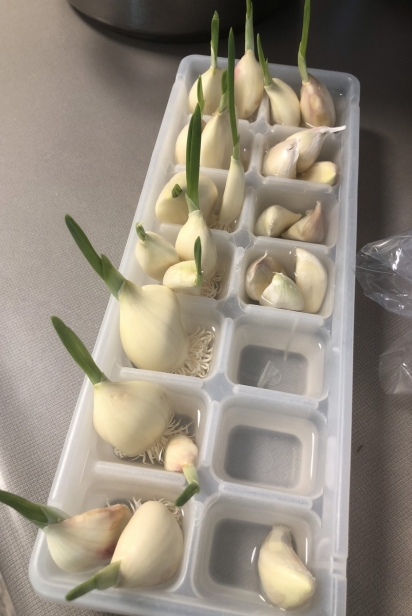Green and Simple Gardening
Fernando Feliciano, also known as the Green Horticulturist, calls his methods controversial, but they might just be simpler, cheaper and greener versions of what other landscapers offer.
A search for sound gardening advice generates endless opinions, but Fernando has a leg up on most with more than 30 years working with local homeowners, and he takes pride in his tried-and-true approach.
He learned the trade on a ranch in Moorpark and with an irrigation company in Ojai before working directly with homeowners in Santa Barbara and Ventura.
Fernando has built and maintained landscapes on properties as large as five acres, and for clients as long as 15 years consecutively. “I have learned so much planting landscapes and adapting them over time for homeowners as their needs change or they want to use their property in different ways,” he says.
Fernando’s passion for growing is deeply rooted in his work and leisure. He gardens with his family at their home in Ojai, growing fruits and vegetables and sharing them with family and friends nearby.
Fernando has taken on fewer clients in recent years, but rather than wash his hands and retire, he sees himself on a small farm, hands still in the dirt, sharing what he has learned about gardening while growing rows of fresh produce for others.
“My Mexican culture, and descendants of natives hundreds of years ago growing and sharing food with other civilizations, inspires my dream for a garden that teaches and feeds the community,” he says.
Fernando focuses on making plants happy, and everything he does stems from there—well-prepped soil, the right amount of water, mulch to hold in moisture and natural amendments. He firmly believes expensive chemicals are unnecessary and unsafe.
Homeowners can use their own uncontaminated soil, another money saver, then add organic fertilizers such as compost and chicken manure, says Fernando. “This creates a growing medium where any plant can thrive because it is filled with life—good bugs and worms that leave behind everything the plants need and nothing that they don’t.”
Fernando tells his clients that the best way to protect their plants and make them easier to take care of is to cover plants with mulch initially, then add more each year. He says he can tell which cities offer free mulch: the plants look healthier there. For those with larger properties, he suggests owning a small chipper to make mulch from your own yard waste.
Easier Edible Gardens—Top Tips from the Green Horticulturist
“People get excited to grow vegetables, then decide it’s too much work,” says Fernando. “I’ve seen many homeowners purchase expensive raised beds and pots only for them to be abandoned before the next year.”
Fernando uses 15-gallon plastic pots for his own edible garden at home and says they are a great way to get started without a lot of commitment or investment. He also recommends prepping the soil well to set up the plants for the season, and a well-thought-out irrigation system to cut down on maintenance and waste.
When and what to plant: Refer to a month-by-month planting guide for your area (such as the handy tear-out chart in the Winter issue of Edible), and you can get started anytime.
Containers: Planting in containers or raised beds is the simplest way to garden, and 15-gallon pots in particular are cheap (or free!) and convenient. Most plant roots will do fine with a 12-inch depth. Whichever containers you choose, use the ratios below for prepping your soil.
Pests: Gophers are one of the most common garden pests and another good reason to plant in pots. Gophers can become a big problem if you are planting in beds, so be sure to use good-quality, coated hardware cloth secured across the bottom of your frame to keep them out. This should last up to 10 years.
Prep your soil: Start with soil from your own property if you have it. Use 70% soil, then add in 30% compost—your own or store-bought. An organic fertilizer such as chicken manure will finish off your mix; use ½ pound (or about quarter of a shovel full) in each of your 15-gallon pots or about three to four pounds total for a four- by eight-foot raised bed.
Planting: Mix your soil and amendments together thoroughly before planting. Place plants a little higher than the soil level since they will settle.
Mulch: Top all of your plants with mulch, being careful not to bury the stem. You can also use compost or green waste as a mulch.
Irrigation: Established plants will need a gallon of water twice a week. Using ½ inch hose from your water source, set up an irrigation line. For each pot, connect a length of ¼-inch hose to the line and place it in an eight- to 10-inch circle around the plant. Space out six drip attachments on the ¼-inch hose—they are labeled for either a gallon or half gallon per hour. If they each provide one gallon of water per hour, calculate the watering time at ⅙ of an hour, or 10 minutes twice a week. For half-gallon drips, double the time and water for 20 minutes twice a week.










